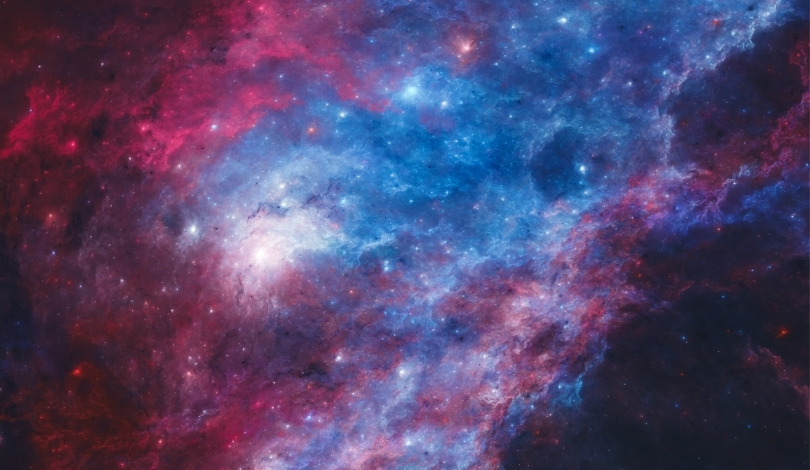Nearly every galaxy hosts a supermassive black hole at its center, a phenomenon that plays a pivotal role in regulating star formation and, indirectly, the potential for life. These massive entities, whose gravitational pull draws in vast amounts of gas and dust, have an unexpected influence on the galaxy’s lifecycle. When gas is pulled toward a black hole, it heats up significantly, emitting high-energy radiation that affects the rest of the galaxy.
Supermassive black holes are known to prevent rapid star formation, which would otherwise deplete galactic material too quickly. Without these black holes, the elements necessary for life, such as carbon, nitrogen, and oxygen, might not have the time to spread throughout a galaxy. This regulatory role ensures that stellar generations occur at a pace that allows the necessary chemical elements to accumulate and support the formation of solar systems akin to our own.
Role of High-Energy Radiation
The intense gravitational forces of black holes cause gas turbulence that sends material towards the galactic center. As this gas is consumed by the black hole, it reaches temperatures over a trillion degrees, releasing high-energy radiation. This radiation heats the gas within the galaxy, preventing it from cooling and collapsing to form new stars. Once the gas cools off, star formation can resume, perpetuating a cycle of regulation driven by the black hole’s activity.
Impact on Life-Supporting Elements
Galaxies need several generations of stars to produce elements essential for life. The controlled pace of star formation, influenced by black holes, ensures these elements are sufficiently distributed. This process underlines the importance of black holes in creating environments where life can potentially emerge. Without this regulation, galaxies might exhaust their materials prematurely, hindering the development of life-supporting solar systems.
Past research indicated that black holes primarily acted as destructive forces within galaxies. However, recent studies highlight their crucial role in sustaining star formation cycles. This dual nature of black holes showcases their importance in both galaxy evolution and the potential for life. Understanding these dynamics can provide deeper insights into the formation of life-supporting environments in the universe.
Supermassive black holes play a multifaceted role in galaxy evolution. By preventing rapid star formation, they ensure the distribution of life-supporting elements and maintain a balance within galaxies. This process illustrates the intricate relationship between black holes and life-sustaining environments. Future research in this field will likely uncover more about how these celestial giants influence the broader cosmos.










